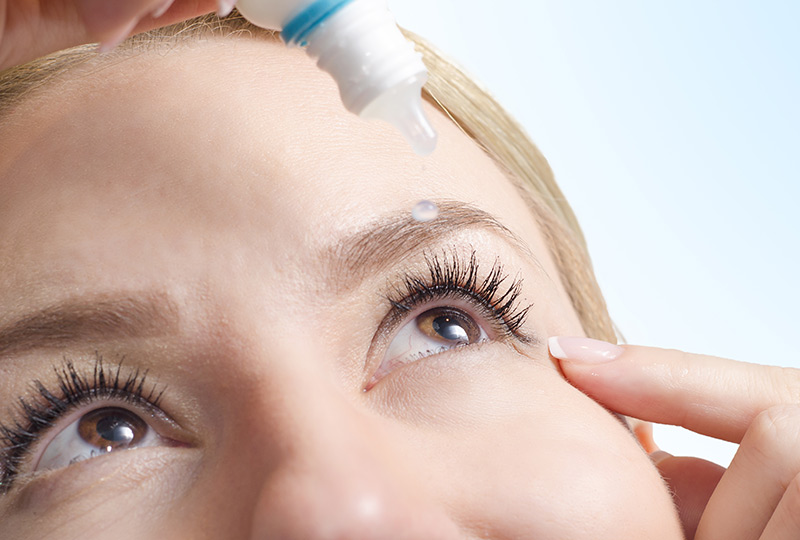Reaching for over-the-counter eye drops too often can be the sign of a problem. Here are some treatment options.
If you have dry eyes, you’re probably dealing with it much like 9 million other Americans with the condition: When the itching and burning get bad, you reach for the artificial tears or give your eyes a rub and move on. But if your problem is persistent, there are treatments that can help, including the first new prescription drops for dry eyes in more than a decade.
Aging, side effects from drugs, certain diseases, including Sjögren’s syndrome, LASIK surgery and improper contact lens use are leading risk factors for dry eyes. A growing part of the problem comes from staring at computer screens, particularly in air-conditioned offices.
“A lot of environmental factors cause dry eyes. The number one offender is sleeping under a ceiling fan because it dries out all mucous membranes – including the eyes,” says Uyen Tran, M.D., an ophthalmologist and cornea expert at Vanderbilt Eye Institute.
Women are more likely to have dry eyes, especially when taking birth control pills, when pregnant, after menopause or on hormone replacement therapy. “Women who are in perimenopausal should have their hormones checked as this is the number one contributing factor to dryness of all mucous membranes,” Tran said.
Finding the right treatment
Using artificial tears can work as a short-term solution for occasional dry eyes. If you’re using eye drops every day or more than about four times a day, it may be time to see an eye doctor to determine the underlying reason for your discomfort. Left untreated, severe dry eyes can increase the risk of eye infections, scarring or perforation of the cornea. Here are things that can help:
- Eye doctors can offer treatments that include a new eye drop called Xiidra, which joins Restasis as one of only two prescription eye drops approved by the Food and Drug Administration.
- Eye doctors have a number of techniques to clear the glands that help lubricate your eyes: Dry eyes also can be caused by a lack of oil secreted into tears from meibomian glands at the edge the eyelids (when you blink, this protective film coats your cornea).
- Doctors can also insert punctal plugs into the ducts that drain tears or close them surgically. Closing these ducts keep tears in the eyes.
- Getting more omega-3 helps some get relief from dry eyes.
- Blinking more often, particularly at the computer, and drinking more water can help, too.
Walk the eye care section at the drug store and the ever-widening line of eye drops hint at the growing problem of dry eyes. If you’ve almost memorized each of those products, it might be time to talk to your eye doctor about finding a long-term solution.

The Vanderbilt Eye Institute strives to make life better for adults and children with eye conditions including dry eyes, glaucoma, vision loss and diseases of the retina. Meet our team of experts and find locations across Middle Tennessee.

